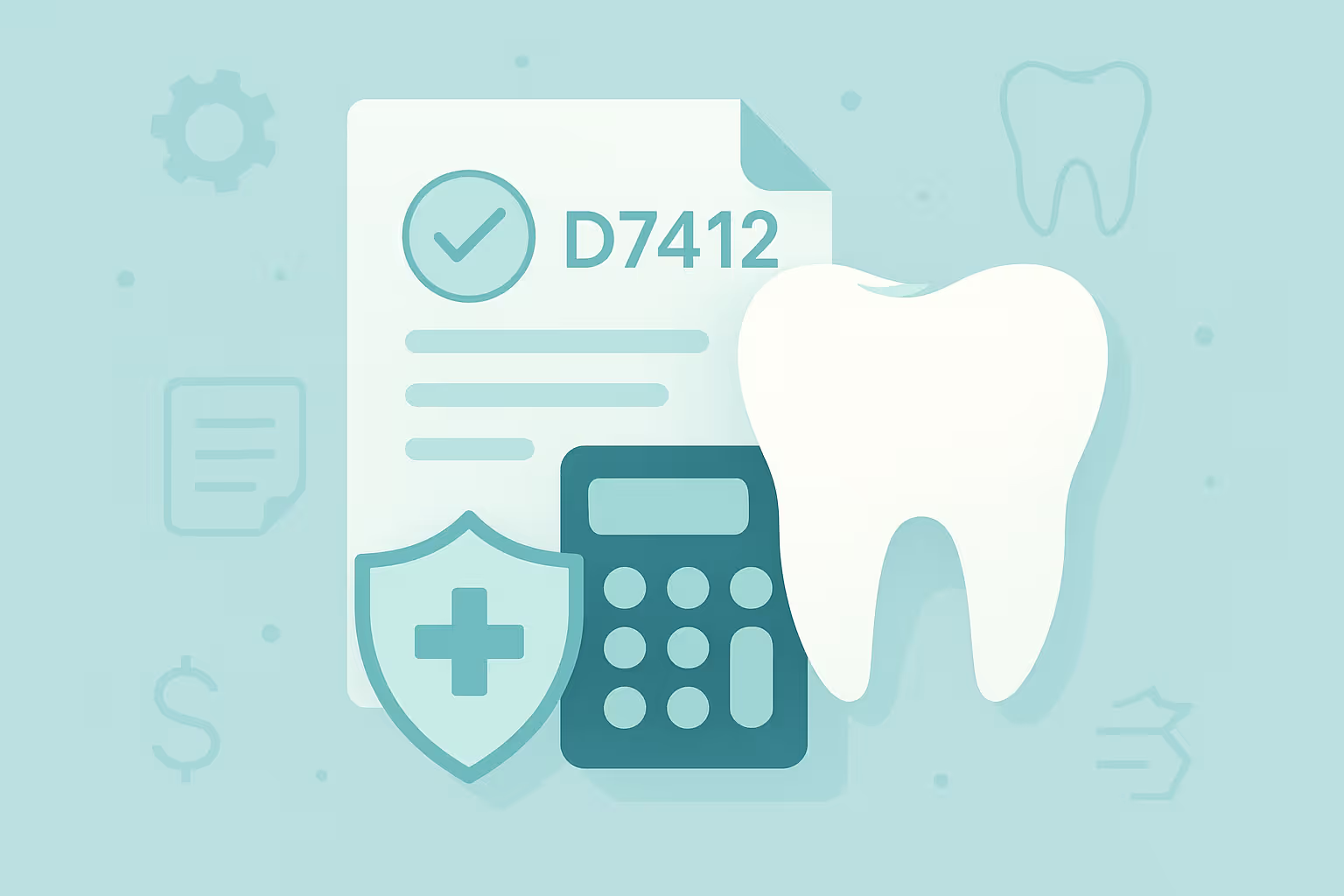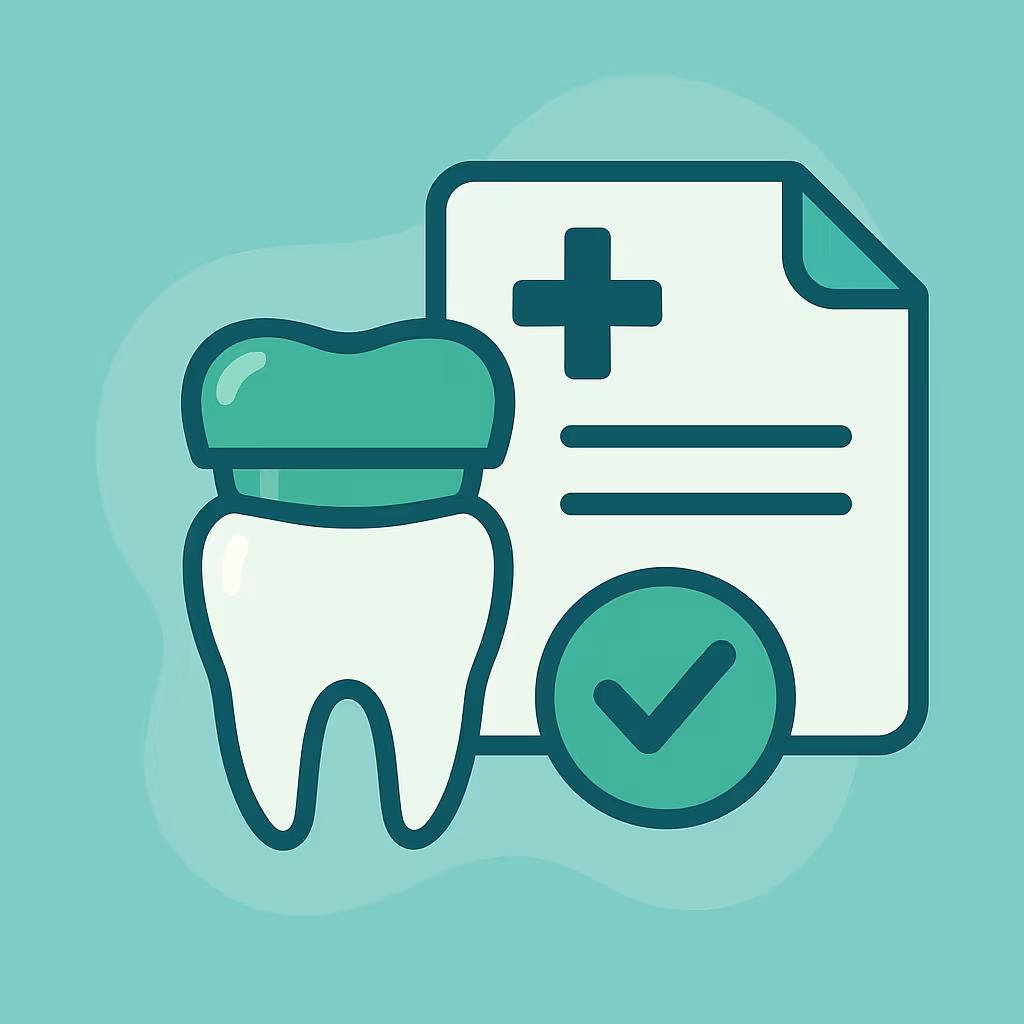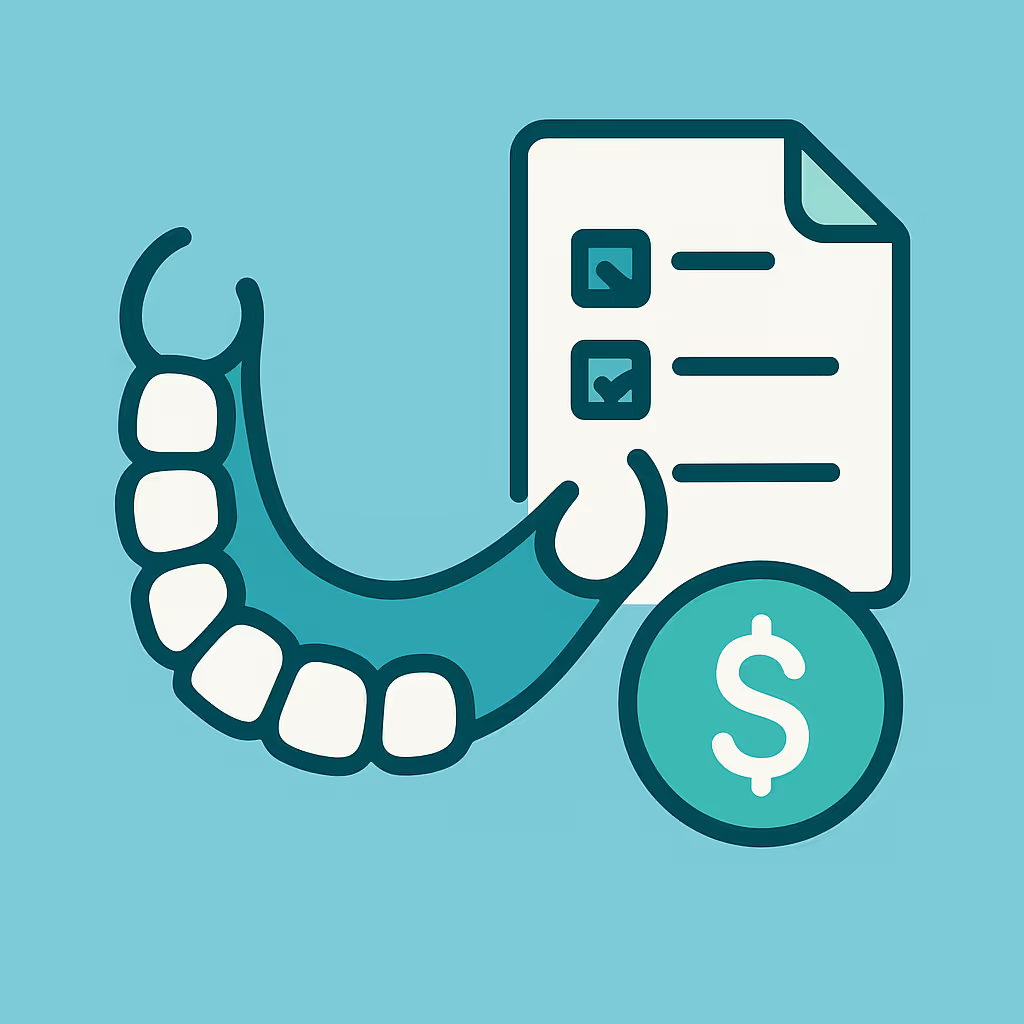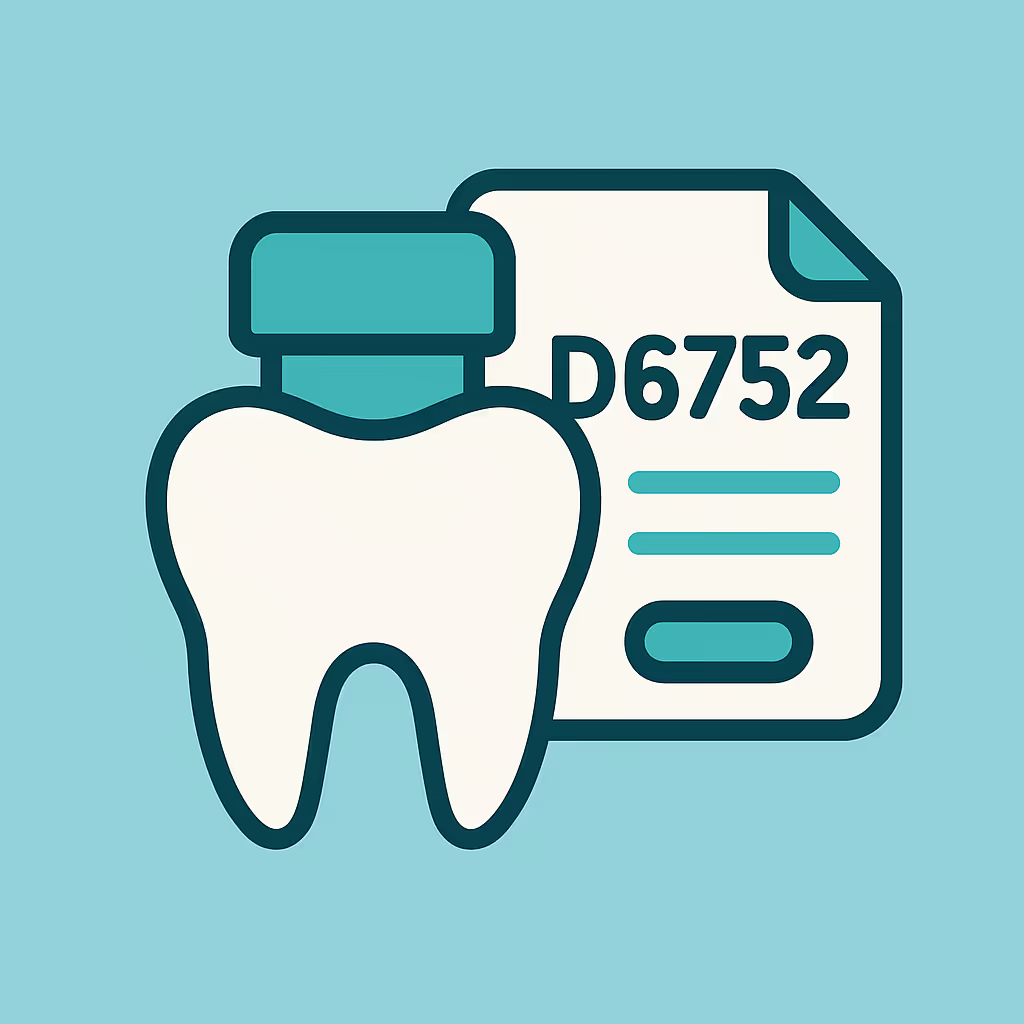Understanding Dental Code D7412
When to Use D7412 dental code
The D7412 dental code refers to the excision of a benign lesion in the oral cavity, specifically when the procedure is considered complicated. This CDT code is used when a benign (non-cancerous) growth, such as a fibroma, papilloma, or other soft tissue lesion, requires surgical removal with additional complexity. Complexity may involve factors like lesion size, anatomical location, depth, or the need for layered closure. Use D7412 when the excision involves more than a simple snip or removal, such as when the lesion is large, located near vital structures, or requires advanced surgical technique.
Documentation and Clinical Scenarios
Accurate documentation is essential for successful billing and insurance reimbursement. When using D7412, ensure the clinical notes clearly describe:
- The size, type, and location of the lesion
- The reason the excision is considered complicated (e.g., proximity to nerves, depth, need for layered closure)
- The surgical technique used and any additional steps taken (e.g., suturing, hemostasis)
- Pre- and post-operative instructions provided to the patient
Common scenarios for D7412 include removal of a large fibroma from the buccal mucosa requiring layered closure, excision of a lesion near the floor of the mouth, or removal of a growth that necessitates careful dissection to avoid nerve involvement. Always include intraoral photographs and pathology reports when available to support the claim.
Insurance Billing Tips
Proper billing for D7412 can minimize denials and speed up reimbursement. Here are best practices:
- Verify coverage: Before treatment, check the patient’s dental benefits for coverage of oral surgery and excision procedures. Some plans may require pre-authorization.
- Use detailed narratives: Attach a narrative to the claim explaining why the excision was complicated. Include lesion size, location, and surgical details.
- Submit supporting documentation: Attach clinical notes, photographs, and pathology reports to substantiate the claim.
- Code selection: Ensure D7412 is appropriate. For simple excisions, use D7410 (excision of benign lesion, simple).
- Appeal denials: If the claim is denied, review the EOB for the reason, gather additional documentation, and submit a timely appeal with a detailed explanation.
Example Case for D7412
A 45-year-old patient presents with a 2.5 cm fibroma on the lateral tongue. The lesion is adjacent to the lingual nerve, increasing surgical risk. The dentist documents the lesion’s size and location, explains the need for careful dissection, and performs a layered closure to ensure proper healing. In this scenario, D7412 is the correct code due to the complexity of the excision. The claim includes a narrative, intraoral photos, and a pathology report, resulting in prompt insurance reimbursement.
By following these documentation and billing best practices, dental teams can ensure accurate coding, minimize claim denials, and optimize revenue cycle management when using the D7412 dental code.





